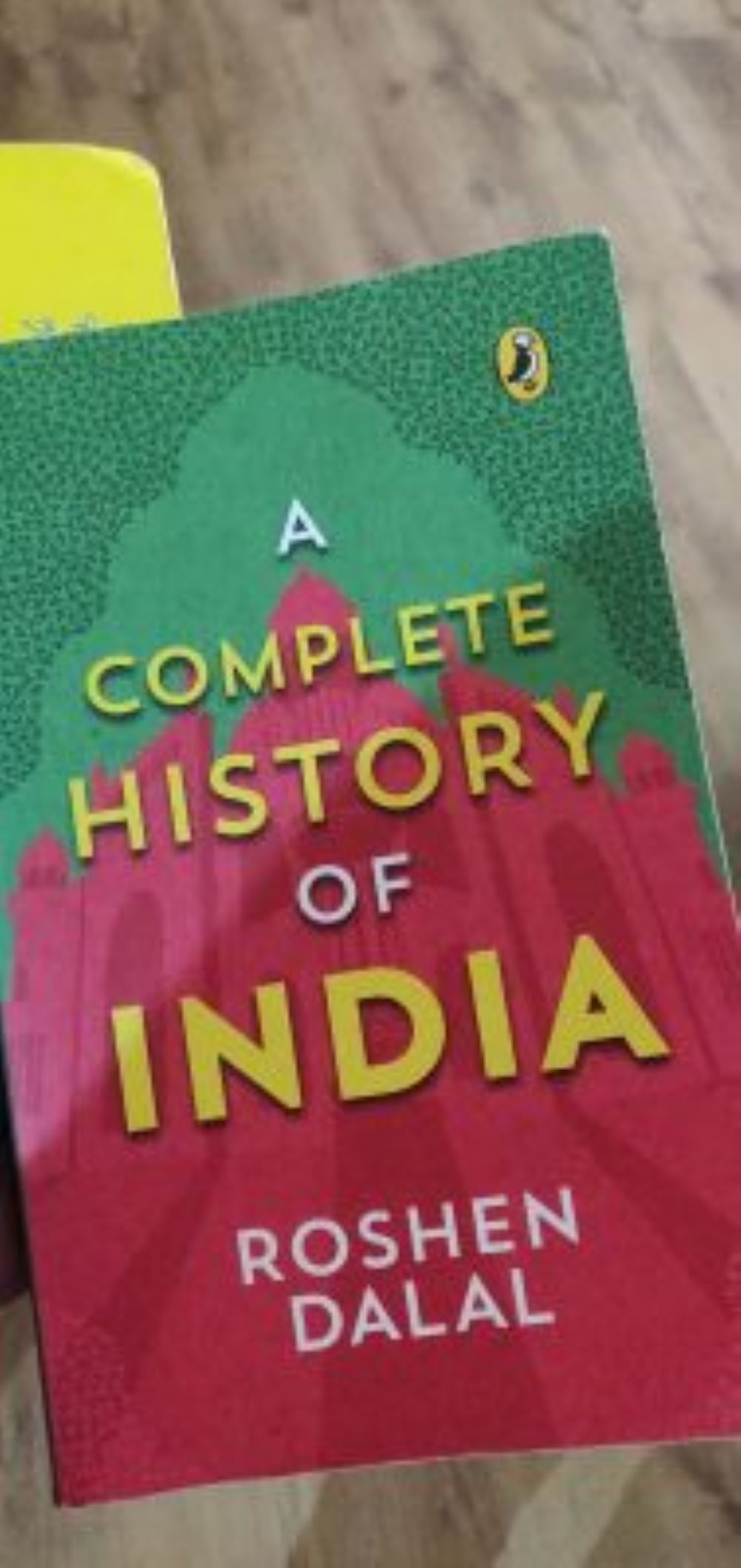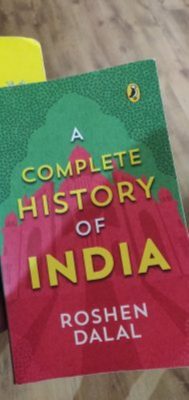Book Title: A Complete History of India
Author: Roshen Dalal
Illustrator: Priyankar Gupta
Publisher: Puffin Books
Type: Paperback
Pages: 520
Recommended age: 15 years+ (publisher recommends this book for 10-17 years)
This book review is written by Abhishek Dwivedi who is a techy but loves reading non fiction and has a passion for history as much as our son Medhansh. While Medhansh is still in process of completing the book, here is Abhishek’s review on the same.
“A Complete History of India” by Roshen Dalal is a comprehensive and in-depth examination of the rich cultural, political, and economic history of India. The author does an excellent job of weaving together various threads of Indian history to create a tapestry that is both complex and fascinating.
Starting from the ancient civilizations that flourished in India thousands of years ago, the author takes the reader on a journey through the various dynasties, empires, and movements that shaped India into the diverse and vibrant country it is today. The book covers the major events and personalities of India’s history, including the Mughal Empire, the British Raj, and the Indian independence movement, as well as the many cultural, social, and economic changes that took place during these periods.
The book is a great reminder of how modern India looks today! It talks about the overall formation and impact through the length and breadth of the country. There is less mention of North-East and account thereof. For avid readers who are interested in understanding how art and craft, culture as well architecture are found to be a mix of many ruling empires of the past, the book can offer a quick glimpse through the chronicled trace of history that led to what we see today!
There is an excerpt during the Maurya rule on how trade thrived and overall the empire was doing great but society started to show rifts that are prevalent even today and we are trying hard to attain equal status with the people of our society. This was unlike early prehistoric times or even during the Indus valley civilization where equality was the dominant trait of community living but as evolution happened, concepts that divided us on caste, skills, and gender became more prevalent even though we learned to live a good quality of life.
I consider the book as “Manorama” of Indian History which can be referenced in a chronicled manner for students in senior grade and college starters that help them start building a point of view for doing further deep dive. The book is well-researched and provides fascinating anecdotes too but for middle schoolers, it might be challenging as storytelling is essential for that age group to absorb the underlying historical facts.
If you are a history buff who enjoyed this review and wish to order the book from Amazon (kbc affiliate link),
CLICK & BUY NOW!Disclaimer: Medhansh and his dad are part of the #kbcReviewerSquad and received this book as a review copy from the publisher.





